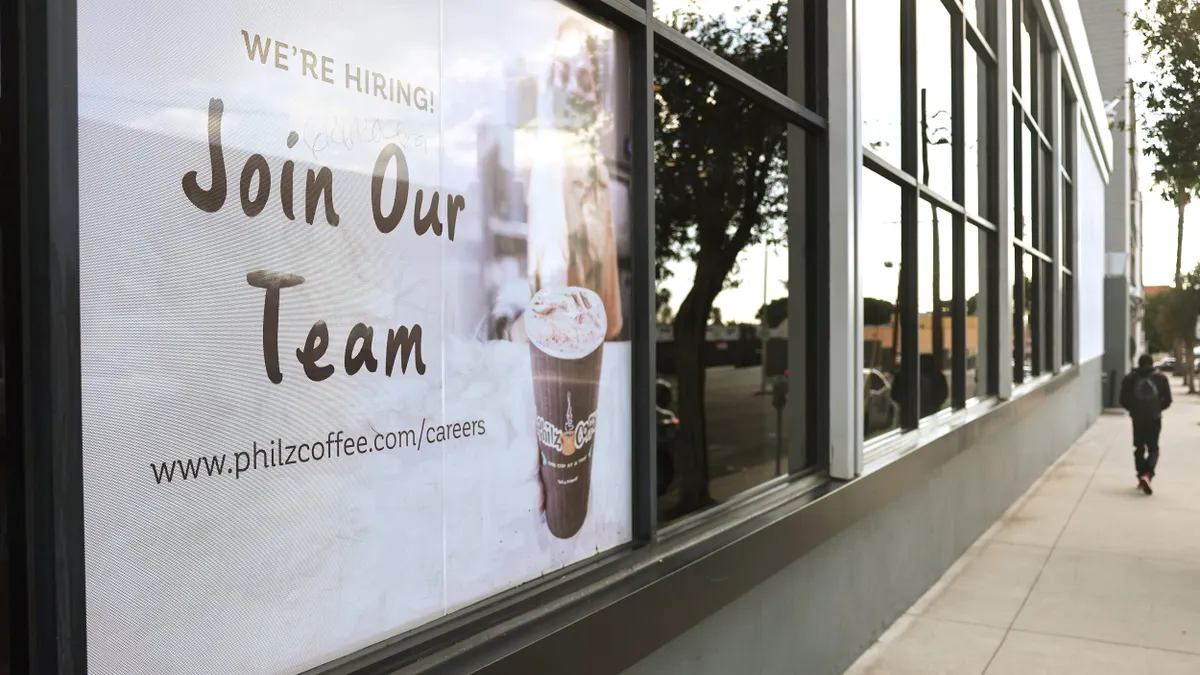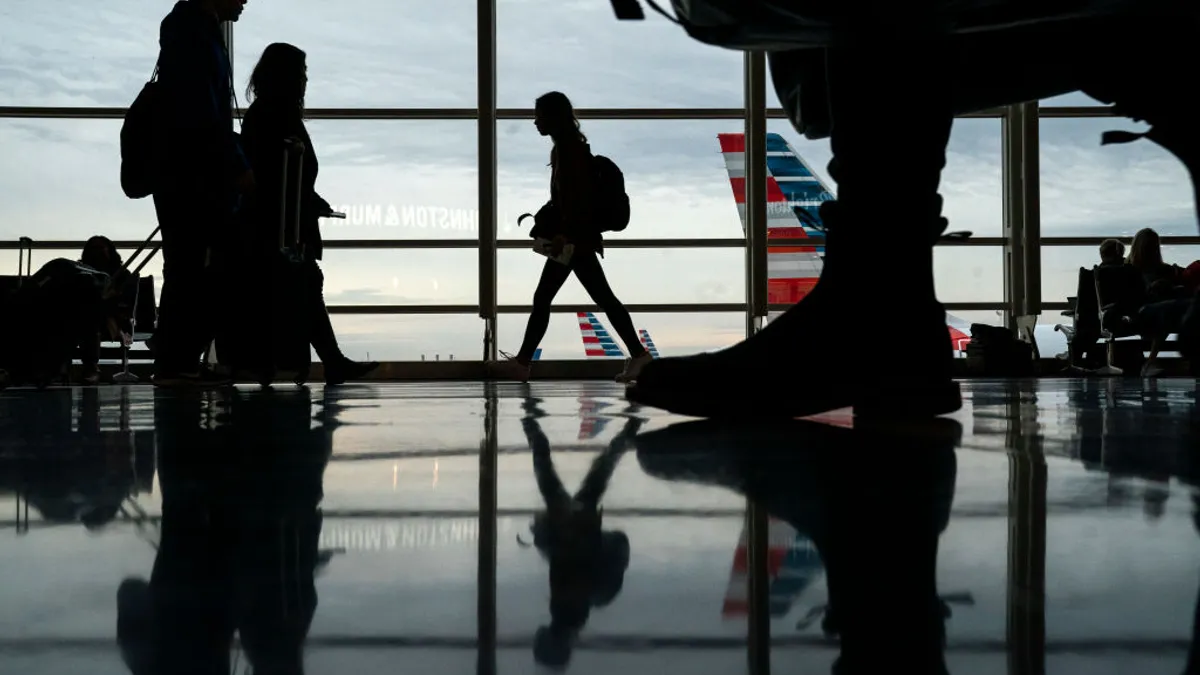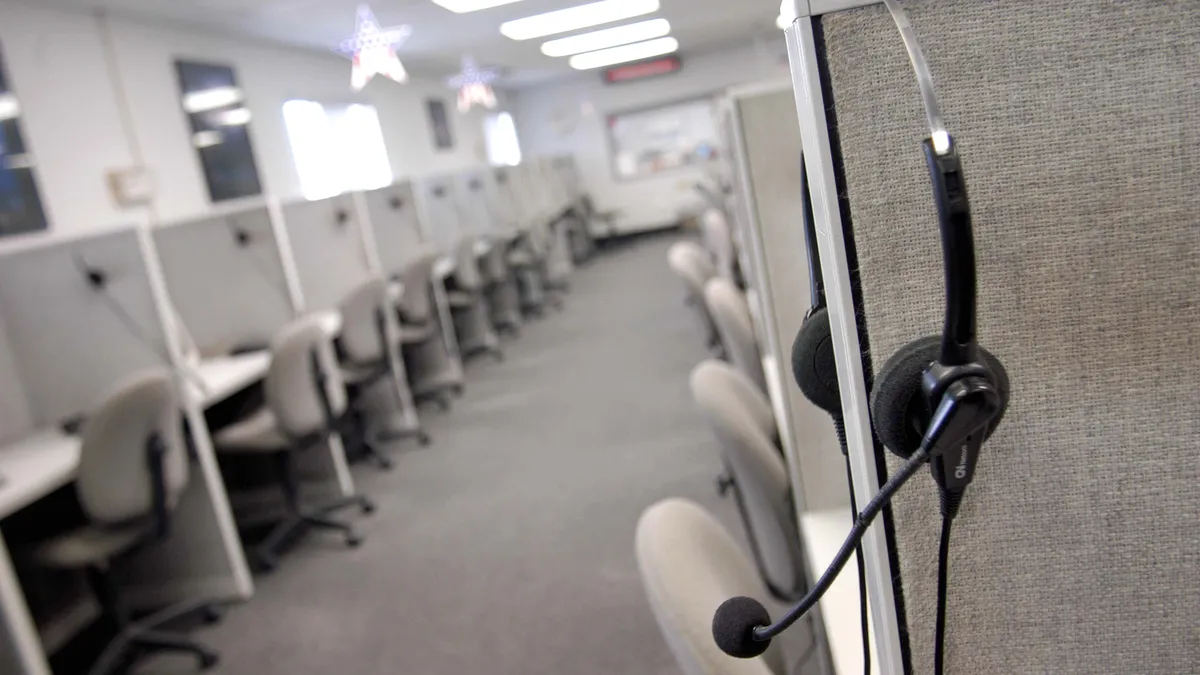It’s never too early to start thinking about 2016 holiday hiring. During the busiest time of the year, when the pressure is on to make Q4 sales, the competition will be tough for the best talent.
There are fewer candidates flooding the job market due to historically low unemployment rates around the nation – around 5% as of most recent US Department of Labor figures. The U.S. presidential elections have everyone anticipating what's next. Luckily, this week some new reports have been released to give employers a heads up on what’s to come with holiday hiring trends.
New survey indicates the retail market looks positive
Snagajob, the largest marketplace for hourly work with over 70 million registered job seekers to date, published their 2016 Annual Report on Holiday Hiring, indicating several key findings. The report, which was commissioned by PEOPLElytics and handled by Wakefield Research, polled 1,000 employers in the retail, restaurant and hospitality industries about their holiday hiring projections. The report also highlighted some of the more recent disruptions to the hourly marketplace due to the on-demand economy and new legislative challenges that affect the average employer, for example the new FLSA overtime pay mandates.
The Snagajob report advised that:
- 70% of the total US workforce is now made up of those classified as hourly employees
- 90% of employers plan to do some holiday hiring, up 10% from last year
- 86% of employers are planning to hire temporary employees after the holidays
- The amount of hours offered to holiday workers averages out to 27 per week, up 17% from 2015
- Wages are expected to increase by as much as 45% for retail holiday workers, 14% for food service, and 5% for hospitality workers
- Online shopping trends are creating added demand for warehouse and transportation workers
What the Snagajob report shows is that hiring and wages are expected to increase in terms of holiday staffing, but those who work for temporary agencies may have the advantage going into 2017. This could be attributed to shortages of labor, forcing more companies to seek additional help from temporary worker sources. So too, employers are being mindful not to cross the 30-hour per week threshold, which can put them into the zone of having to provide health care benefits under the Affordable Care Act.
The National Retail Federation (NSF) advises that in 2016, retailers will be hiring between 640,000 to 690,000 holiday workers alone, which is right in line with last year’s numbers. The NSF also indicated that demand for warehouse, transportation, and fulfillment workers was expected to drive much of this hiring. In November and December of 2015, food and beverage sales exploded to as much as $120 million, followed closely by electronic shopping and mail order retailers who earned $97 million during the holiday peak.
Why the increase in a contingent workforce?
As mentioned, the use of a remote and contract workforce to staff these hard-to-fill positions has increased. Much of it is in keeping with worker shortages or those unable or unwilling to work part time and temporary jobs. It could also be tied to the increasing attitude of millennials that they can work wherever they desire, without any close ties to any one employer that’s driving this trend.
According to the most recent Gallup Poll, How Millennials Want to Work and Live, around 21% of millennials have changed jobs in just the last 12-months, and 60% are open to different job opportunities. Millennials are also the generation that embraces remote work due to their love of flexible schedules and active lifestyles.
In fact, experts believe that younger generations will continue to shape the future workforce so that more employees have the opportunity to work freely from where they happen to be. Alexandra Levit writes for The Muse that, “By around 2030, the Millennial majority will likely have done away with the 9-to-5 workday entirely.” Levit shares that changing values surrounding what work means and advancements in technology, combined with an additional focus on work life balance, are leading this trend.
In any case, the holiday season is getting ready to pick up quickly and therefore employers should prepare to manage both in-house and remote workers if they want to remain competitive. A few quick tips for handling holiday workers:
Have a good idea of your hiring needs now
Take the time to crunch your numbers from last year’s staffing period. Did you find shortages or overages in people? How do you project your sales for this season? Make a hiring plan and stick to it, assigning the right skill sets and workers to carry out the most critical tasks.
Set up and test workplace technology
Understand the technology requirements your remote workers will need, and have support systems in place. This could also include online training requirements, as well as 24/7 technical support. Make sure all employees have tested as proficient before turning them loose on customers.
Consider outsourcing at least a portion of your recruitment
With new workplace laws to follow, it could be beneficial to leave the worry and risk to a staffing agency. Besides speeding up the recruitment process so you can get your holiday workforce trained and ready, much of the upfront costs can be better managed by outsourcing.
Have a structured onboarding and off boarding process
The holiday season is nearly upon us, and no recruitment or HR team wants to deal with the complexities of onboarding new hires, and then off boarding at the end of the season without a plan in place. Get this established now and clarify all expectations, including those of workers, from day one.



















